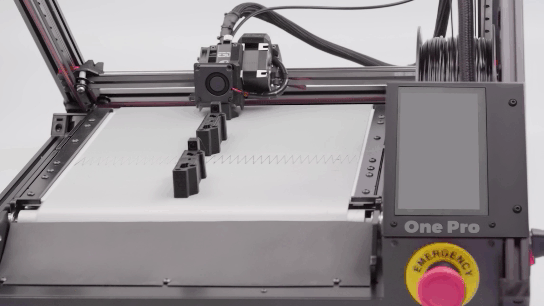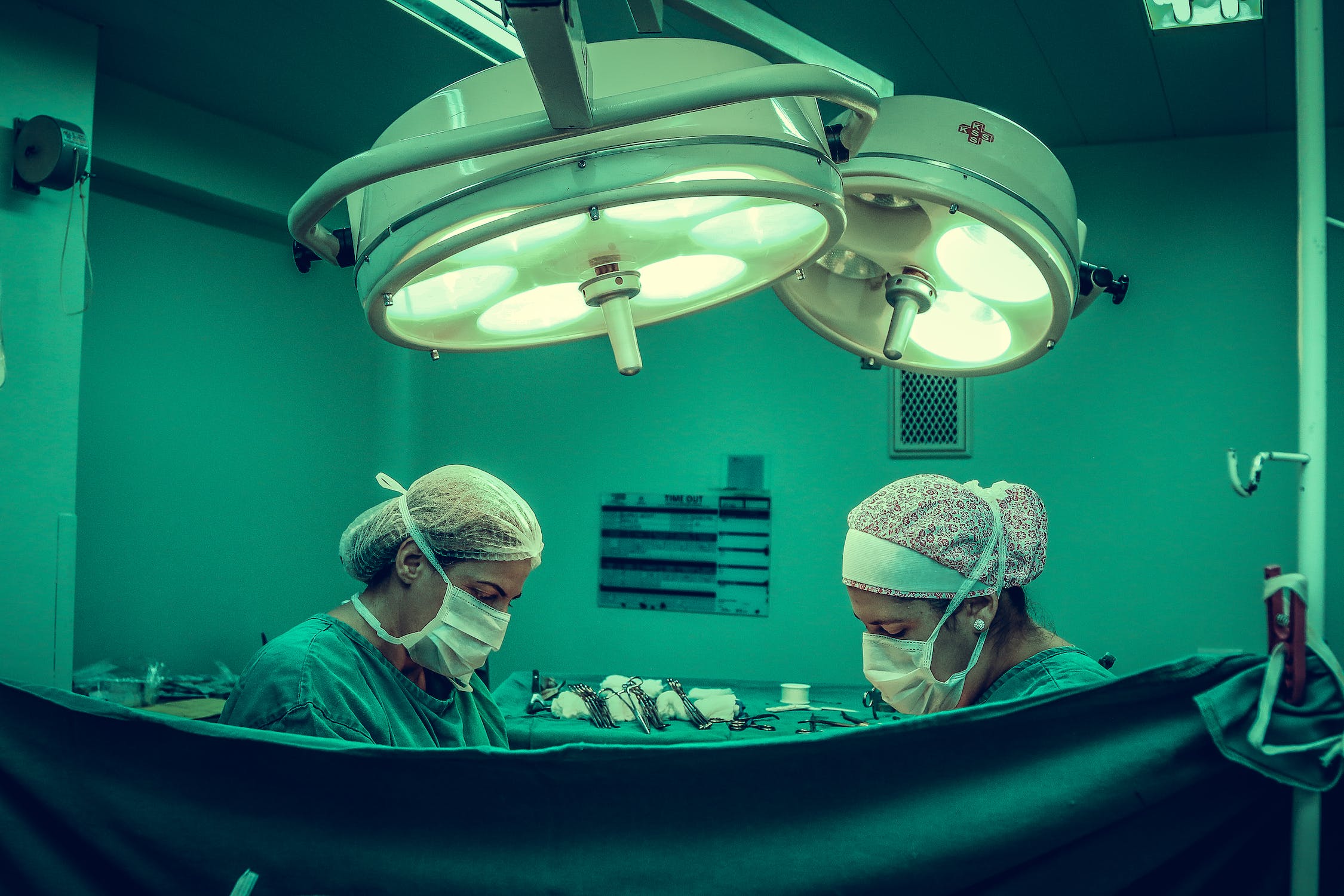The world of healthcare has evolved significantly, in no small part due to advances in technology. For some medical fields, 3D printing has quickly been discovered for highly customized, near-body items. Research into using 3D printing to create human tissue or even entire functioning organs has paid off and is increasingly bearing promising fruit. One innovation already on the horizon for early implementation is automating the additive manufacturing process to produce more products to serve more patients. The 3D conveyor belt printer from iFactory3D GmbH is ideally suited for this, not to mention the design freedom it offers thanks to unlimited print lengths and complex structures without additional printed supports. So not only is it poised to change the way pharmaceutical solutions are manufactured, it’s also pushing the boundaries of medicine itself. Let’s take a closer look at how continuous 3D printing is changing healthcare.
Medical solutions tailored to individual needs
Conventionally, near-body support devices are made in several small pieces and assembled for a modular product customized for each patient. In addition, there are some generic products that are designed to help with health problems but are not tailored to the individual patient. As a result, these solutions are not optimal for targeted treatment and can lead to loss of performance and function. With the 3D belt printer from iFactory3D GmbH, this problem is a thing of the past. Through exact 3D modeling and the use of the continuous print bed, solutions for individual needs can be created directly in original size. This has already led to success, especially in orthopedics, where orthopedic insoles are custom-made for each patient. Orthotics can also be produced using belt printers. All items can be produced on a belt printer either serially without much human intervention or in one piece. Printing contiguous, long objects brings greater stability than compound equivalents.
Rapid development and production in medical applications
Manufacturing with traditional equipment can be tedious and therefore waste valuable time. Not only the limited time of doctors and technicians who are responsible for many patients at the same time, but also that of the patient. However, the latter not only loses time, but possibly risks his health if he is not treated as quickly as possible. Saving time in this area therefore brings benefits in many ways, making it even more valuable than in other industries, for example. The 3D conveyor belt printer offers a solution to this time problem. Thanks to automated production and the fast printing process, pharmaceutical solutions can be created in record time. In most cases, post-processing by hand is less involved than with other 3D printing processes. In addition, serial printing can be done outside of working hours, which leads to fast results, for example overnight. This is especially useful in emergencies and urgent medical needs.
Outlook for surgery and transplants
Research in the field of bioprinting is not standing still. Although the successes so far have been sporadic, and the scales much smaller than would ultimately be needed. But it is nevertheless a very promising field that could also be combined with 3D belt printers in the future. The potential of combining the two fields is immense, and at the latest when the effective area is increased, a conveyor belt would have its great advantage as a printing surface. Expanding and adapting conveyor belt technology to printers capable of producing human tissue would be a huge milestone. This would allow longer contiguous parts to be produced, for example for implantation of larger areas of skin or entire muscle strands. iFactory3D’s belts are already approved for food production, and the next step to clinical release is plausible. With experts in 3D conveyor belt printers and bioprinting pooling their knowledge, 3D printing in the medical field could advance even further.
Shaping the future of medicine
With 3D printing on a conveyor belt, the team of iFactory3D GmbH from Düsseldorf, Germany, has created a technology that could change the way medical solutions are designed and manufactured in the future. The ability to create personalized solutions quickly, precisely and autonomously opens up new horizons for patient treatment and the development of medical innovations. Looking ahead, it is safe to say that 3D belt printers will impact and improve health.
 Serial production
Serial production

